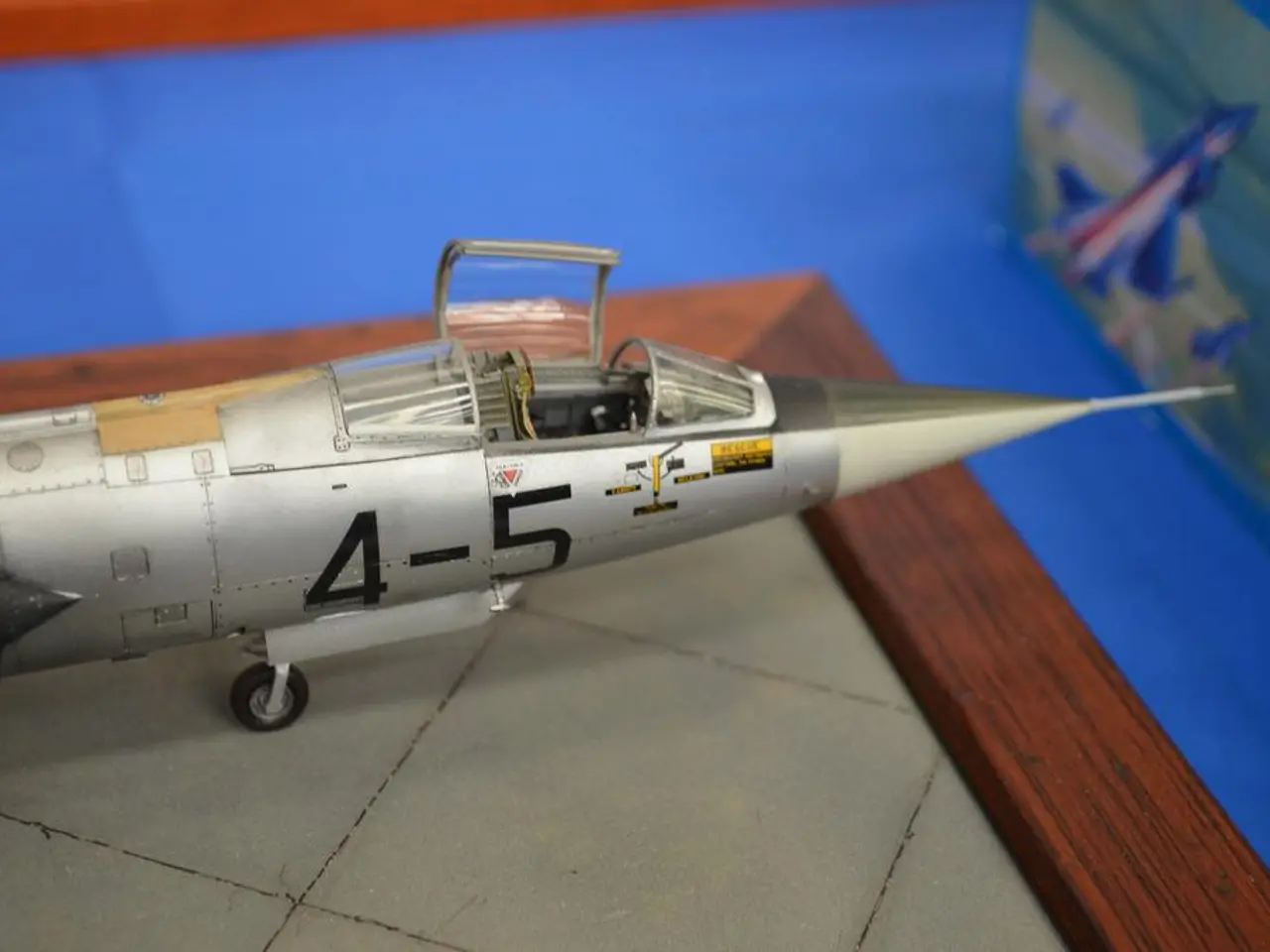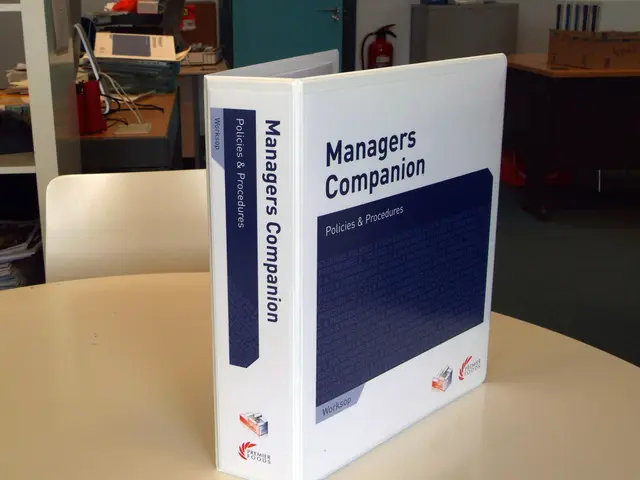Artificially intelligent aerospace market forecasted to inflate to an astounding USD 50.20 billion by 2034
The global aerospace artificial intelligence (AI) market is experiencing a surge, with projections suggesting it will grow from approximately USD 1.40 billion in 2024 to over USD 50 billion by 2034 [1]. This growth is driven by technologies such as machine learning, computer vision, digital twin, and edge AI.
North America dominates the market, contributing roughly 42.6% of the overall revenue in 2024 [2]. However, the Asia Pacific region is forecast to exhibit the fastest Compound Annual Growth Rate (CAGR), reflecting increasing aerospace activity and digitization demands worldwide [1].
One of the key trends in the aerospace AI sector is the advancement of computer vision. This technology enables automated defect detection, improved maintenance, and enhanced situational awareness both in-flight and on the ground [2]. Companies like Microsoft embed computer vision AI for aircraft health monitoring, defect detection in maintenance, and airport operations such as smart baggage handling [3].
Digital twin technology is also gaining prominence. It allows the creation of virtual replicas of aircraft engines and systems to simulate real-world performance and predict faults. GE Aerospace, for instance, uses AI-driven digital twin solutions extensively for engine health monitoring, predictive diagnostics, and operational optimization, which reduce unplanned maintenance and improve fleet reliability [2].
Edge AI—the deployment of AI algorithms directly on aerospace hardware—supports on-board real-time data processing, crucial for autonomous drones, smart sensors, and in-flight system decision-making without reliance on cloud connectivity. This enhances the responsiveness and reliability of aerospace AI systems amid voluminous sensor data [1].
AI is transforming various aspects of the aerospace industry, including mission planning, surveillance, air traffic control, and fuel efficiency optimization through intelligent routing and predictive analytics [1][3]. Major tech players such as GE, Microsoft, Intel, NVIDIA, IBM, and aerospace firms like Airbus, Boeing, and Lockheed Martin are heavily investing in AI platforms to drive safety, productivity, and sustainability improvements [2][3].
Lockheed Martin utilizes AI in combat aircraft and unmanned aerial vehicles, while Boeing has invested heavily in integrating AI into flight decks to assist pilots with real-time decision-making [2]. IBM offers Watson AI solutions for aviation analytics, and Thales Group integrates AI into defense radar systems and avionics [2].
Machine learning, including deep learning models, took the largest slice of the market in 2024, with a 41.2% share [2]. Computer vision is expected to experience the highest growth rate, as it plays a pivotal role in visual inspections, satellite imagery processing, and facial recognition for security screening [2].
The software segment led the global aerospace AI market in 2024, accounting for around 38.5% of the total market share [2]. The services segment is projected to witness the fastest growth over the forecast period [2].
However, the aerospace AI market is not without challenges. Cybersecurity is a pressing concern, as the increasing reliance on AI systems could potentially expose vulnerabilities [2]. Nonetheless, the opportunities and benefits offered by aerospace AI are compelling, and the market is expected to continue its rapid growth trajectory.
References:
- MarketsandMarkets
- Business Wire
- The Verge
In light of the growing aerospace AI market, technology giants like Microsoft and IBM are incorporating artificial intelligence into various aspects, such as aircraft health monitoring, smart baggage handling, and aviation analytics.
Asia Pacific, with its rising aerospace activity and digitization demands, is predicted to exhibit the fastest Compound Annual Growth Rate (CAGR) in the aerospace AI market.








